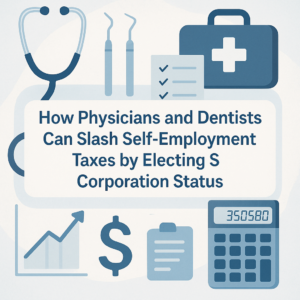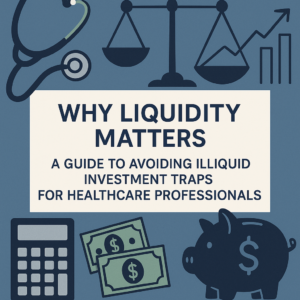Understanding 529 Plans
A 529 plan is a tax-advantaged savings plan to help save for future education costs. Contributions to a 529 plan grow tax-free, and withdrawals used for qualified education expenses are not subject to federal income tax.
Types of 529 Plans:
There are two main types of 529 plans:
- Prepaid Tuition Plans: These plans let you purchase tuition credits at today’s prices to use in the future. They are usually limited to certain colleges and universities within the sponsoring state.
- Education Savings Plans: These work like investment accounts, where contributions are invested in mutual funds, ETFs, or other vehicles. The funds can be used for many educational expenses, including tuition, fees, books, supplies, and room and board.
Eligibility Criteria and State-Sponsored Options:
Anyone can open a 529 plan, and most states offer their own plans with various incentives and benefits. Some states offer tax deductions or credits for contributions, making these plans even more attractive. It’s important to research and compare state-sponsored options to find the best fit.
Growth Potential and Long-Term Benefits:
529 plans have significant growth potential, especially with early contributions. The tax-free compounding effect allows funds to grow significantly over time, potentially covering a large portion of educational expenses. Combined with state-specific tax incentives, 529 plans are effective for long-term education savings.
What is a 529-to-Roth IRA Rollover?
The 529-to-Roth IRA rollover provision allows families to transfer unused funds from a 529 plan into a Roth IRA of the same beneficiary. This offers greater flexibility for managing education savings and retirement planning, ensuring that funds set aside for education can still be used effectively.
To qualify:
- The 529 plan must have been open for at least 15 years.
- No contributions in the last 5 years can be moved.
- The beneficiary of the 529 is the same as the owner of the Roth IRA.
- There have been no beneficiary changes. (This is technically a grey area, without IRS guidance.)
Potential Complications and Challenges:
- Tax Implications: Make sure the transfer doesn’t trigger any taxes or penalties. A tax advisor can help determine if there are any “claw back” provisions for your state.
- Contribution Limits: You may need to spread the rollover over multiple years.
$35,000 Total Rollover Limit:
You can roll over up to $35,000 from a 529 plan to a Roth IRA. This helps families contribute significantly to their retirement savings while maintaining a balanced financial strategy.
Annual Roth IRA Contribution Limit:
The annual Roth IRA contribution limit applies to rollovers from a 529 plan. Currently, the limit is $8,000 for individuals aged 50 and older and $7,000 for those under 50. This may require spreading the rollover over multiple years. Additionally, the rollover takes the place of an IRA contribution in that year. Thus, if you decided to roll over $7,000 from a 529 plan, you would not be able to do an IRA contribution in that year because your limit has been exhausted.
Why Consider a 529-to-Roth IRA Rollover?
- Tax Advantages: Contributions to a Roth IRA grow tax-free, and qualified withdrawals are tax-free, providing significant tax benefits.
- Growth Potential: Roth IRAs offer strong growth potential, especially with a diversified portfolio. The rolled-over funds can continue to grow tax-free.
- Flexibility: This option allows you to use unused education funds for retirement without facing penalties or taxes for non-qualified withdrawals.
Strategic Planning Considerations:
- Education Needs: Make sure the rollover won’t affect any future educational plans.
- Tax Implications: Maximize tax benefits from both the 529 plan and the Roth IRA.
The Secure 2.0 Law’s 529-to-Roth IRA rollover option offers smart financial planning opportunities. By understanding and using this provision, families can secure their financial future effectively. For healthcare professionals, including this option in your financial plan adds stability and growth potential to your retirement portfolio. If you have funds in a 529 plan and are considering a rollover, consult your financial advisor to explore this promising opportunity.
Disclaimer:
This blog post is for informational purposes only and does not constitute financial, legal, or investment advice. Please consult a qualified financial advisor to discuss your specific circumstances before making any financial decisions. The information provided is based on current understanding of the Secure 2.0 Law and may be subject to change. Mainstay Capital is not responsible for any actions taken based on this information.






